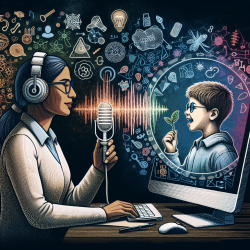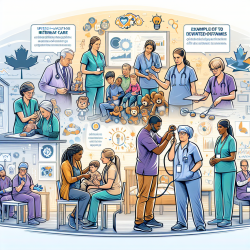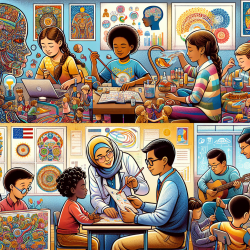As educators and specialists in the field of special education, our goal is to create an inclusive, supportive, and effective learning environment for all students, including those with traumatic brain injuries (TBI). The complexity of TBIs, which can impact cognitive, behavioral/social, and sensorimotor functions, requires a nuanced understanding and approach to education. Drawing insights from "Signs and Strategies for Educating Students with Brain Injuries: A Practical Guide for Teachers and Schools (1995)" by Gary Wolcott, Marilyn Lash, and Sue Pearson, this blog post aims to empower educators with knowledge and strategies to better support students with TBI.
Understanding Traumatic Brain Injuries
TBI can result from various incidents, including falls, sports injuries, and accidents. These injuries can lead to a wide range of cognitive, behavioral, and physical challenges. Educators may observe changes in a student's ability to process information, memory issues, difficulties in social interactions, and physical limitations. Recognizing these signs early is crucial for providing the appropriate support and interventions.
Strategies for Supporting Students with TBI
Implementing effective strategies can significantly enhance the educational experience and outcomes for students with TBI. Here are several approaches based on the research and recommendations provided in the guide:
- Individualized Education Plans (IEPs): Tailor educational plans to meet the specific needs of the student. This may include accommodations such as extended time for assignments, modified workload, and the use of assistive technology.
- Collaboration with Specialists: Work closely with speech-language pathologists, occupational therapists, and other specialists to integrate therapeutic goals and strategies into the classroom setting.
- Training for Educators: Professional development and training on TBI can equip teachers with the knowledge and skills to effectively support students. Understanding the impact of TBI on learning and behavior is key to adapting teaching methods and classroom management strategies.
- Parent and Family Involvement: Engage families in the educational process. Parents can provide valuable insights into their child's needs and behaviors, and their involvement is critical in creating a supportive home environment that complements school strategies.
- Peer Education: Educate classmates about TBI to foster a supportive and inclusive classroom culture. Understanding and empathy from peers can significantly improve the social integration and well-being of students with TBI.
- Transition Planning: Develop comprehensive transition plans for students moving between schools or grade levels. These plans should address academic, social, and physical accommodations and supports.
Case Studies and Practical Examples
The guide offers case studies and practical examples that illustrate how these strategies can be implemented in real-world settings. These examples serve as a valuable resource for educators seeking to apply these approaches in their classrooms.
Conclusion
Educating students with TBI presents unique challenges, but with the right knowledge and strategies, educators can create an environment where these students can thrive. The key is a proactive, informed approach that involves collaboration among educators, specialists, families, and students themselves. By implementing the insights and strategies outlined in "Signs and Strategies for Educating Students with Brain Injuries," educators can make a significant difference in the lives of students with TBI.
For educators, therapists, and parents seeking to deepen their understanding of TBI and explore effective educational strategies, "Signs and Strategies for Educating Students with Brain Injuries: A Practical Guide for Teachers and Schools (1995)" is an invaluable resource. Signs and Strategies for Educating Students with Brain Injuries: A Practical Guide for Teachers and Schools (1995).










